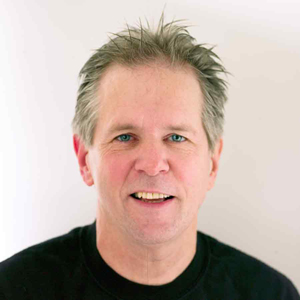[James Peterson] What's a Cook to Do An Illustrated guide - PDF - zeke23seeders: 25
leechers: 3
[James Peterson] What's a Cook to Do An Illustrated guide - PDF - zeke23 (Size: 11.57 MB)
Description
[color=black][  What's a Cook to Do?: An Illustrated Guide to 484 Essential Tips, Techniques, and Tricks by James Peterson 4.09 of 5 stars 4.09 · rating details · 107 ratings · 10 reviews From America’s favorite cooking teacher, multiple award-winner James Peterson, an invaluable reference handbook. Culinary students everywhere rely on the comprehensive and authoritative cookbooks published by chef, instructor, and award-winning author Jim Peterson. And now, for the first time, this guru-to-the-professionals turns his prodigious knowledge into a practical, chockablock, quick-reference, A-to-Z answer book for the rest of us. Look elsewhere for how to bone skate or trim out a saddle of lamb, how to sauté sweetbreads or flambé dessert. Look here instead for how to zest a lemon, make the perfect hamburger, bread a chicken breast, make (truly hot) coffee in a French press, make magic with a Microplane. It’s all here: how to season a castiron pan, bake a perfect pie, keep shells from sticking to hardcooked eggs. How to carve a turkey, roast a chicken, and chop, slice, beat, broil, braise, or boil any ingredient you’re likely to encounter. Information on seasoning, saucing, and determining doneness (by internal temperatures, timings, touch, and sight) guarantee that you’ve eaten your last bland and overcooked meal. Here are 500 invaluable techniques with nearly as many color photographs, bundled into a handy, accessible format.  James Peterson Author profile gender male website http://jimcooks.com/ genre Cookbooks About this author edit data James Peterson grew up in northern California and studied chemistry and philosophy at UC Berkeley. After his studies, he traveled around the world, working his way through Asia, by land, to Europe. Eventually he landed in Paris and was amazed by the French attitude toward food and drink. (This was in the mid seventies when food in America was practically non-existent.) It was in France that he found his calling. As he was running short on funds, Jim found a job picking grapes in the south of France where he lived with a family for two weeks. He has never forgotten the sumptuous lunches prepared by the vigneron's wife. After his initial inspiration, Jim returned to the United States and got a job as a short-order cook. This was his first cooking job and while the cuisine was not 3-star, there was still the need for speed and organization. After saving money for a year and a half, Jim returned to France. After begging his way in, he ended up working at two of what were then among France's greatest restaurants, George Blanc and Vivarois. It was his experiences in these restaurants that shaped his style of cooking and drove his pursuit of cuisine as a career. Jim also studied pastry at Le Cordon Bleu in Paris. By a series of serendipitous events, James found himself a partner/chef in a small French restaurant in Greenwich Village, called Le Petit Robert. It was here that he was able to experiment and invent and shape his own unique approach to cooking. The restaurant was reviewed in a wide variety of major publications including Gourmet Magazine where it was called "...what may be the most creative restaurant in New York." It was no doubt in part because of his extravagant use of truffles and foie gras, that the restaurant, after four years, was forced to close. At a loss, Jim started teaching cooking at the French Culinary Institute and later, at Peter Kump's New York Cooking School, now ICE. Jim spent a year developing curriculum for the French Culinary Institute. /color] Related Torrents
Sharing Widget |
All Comments